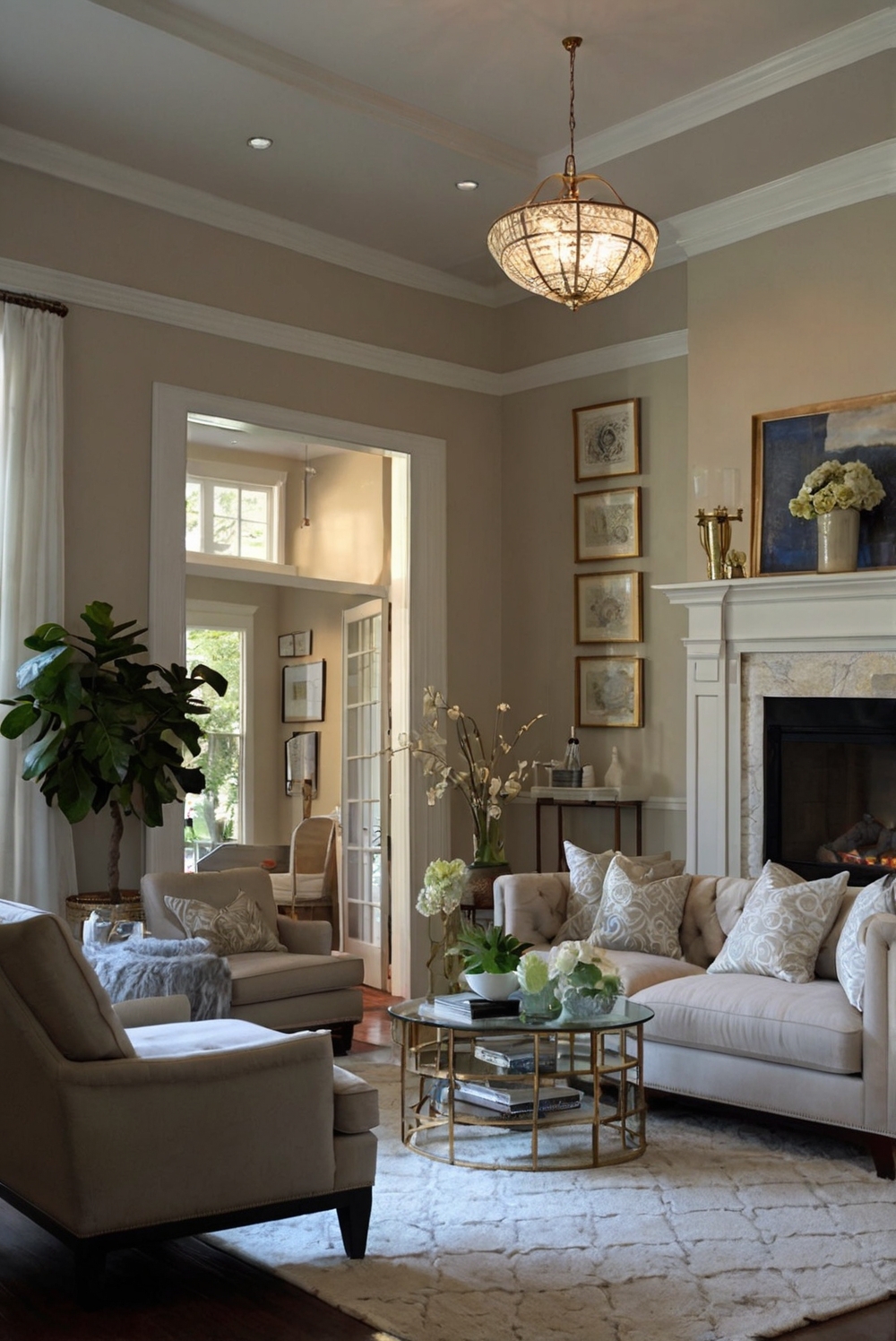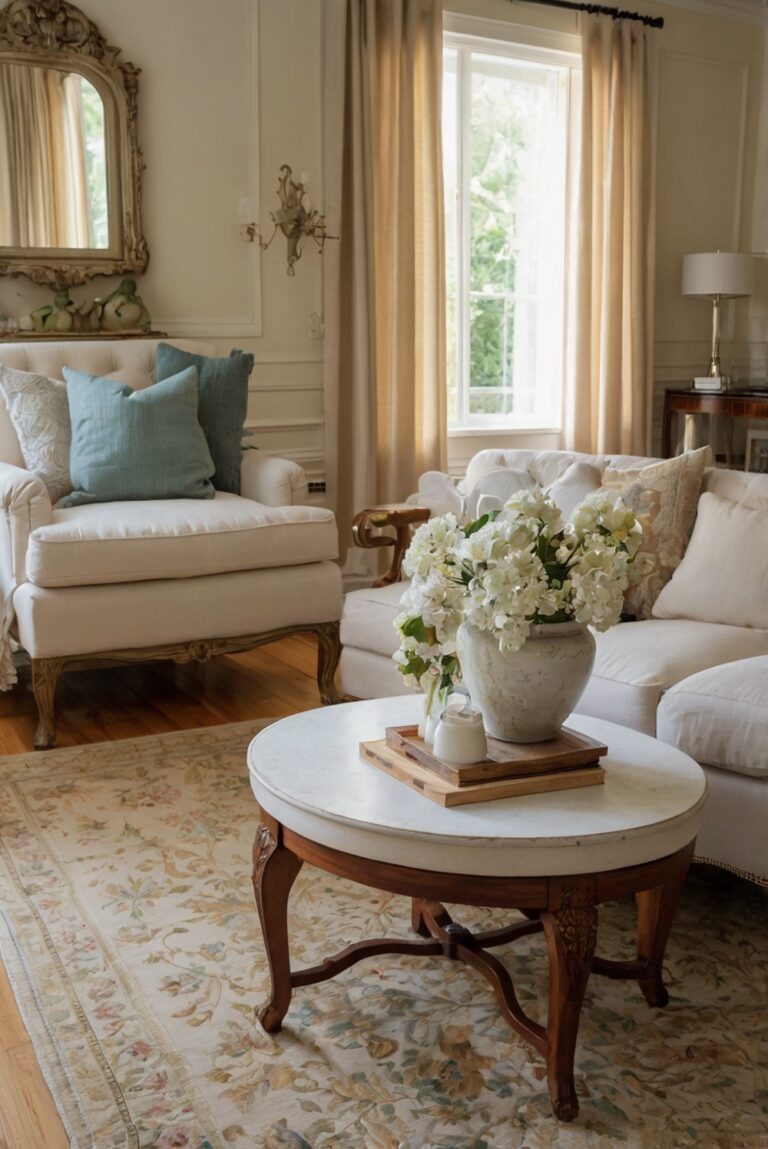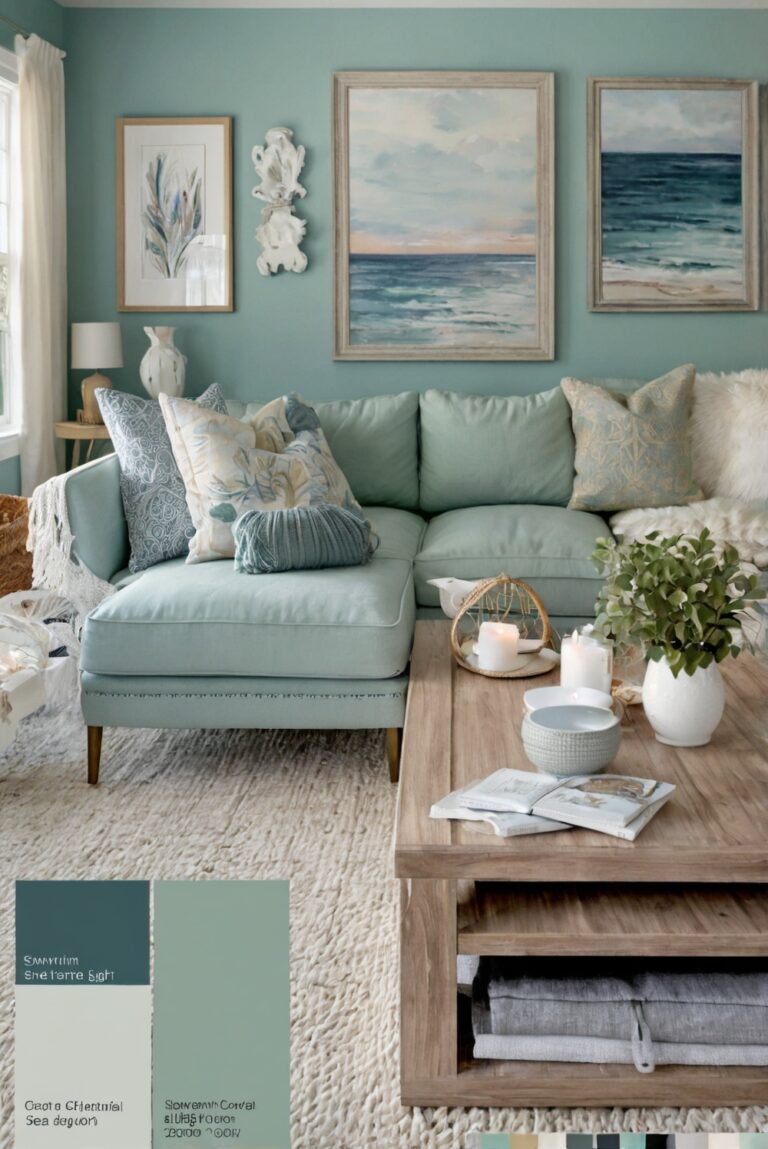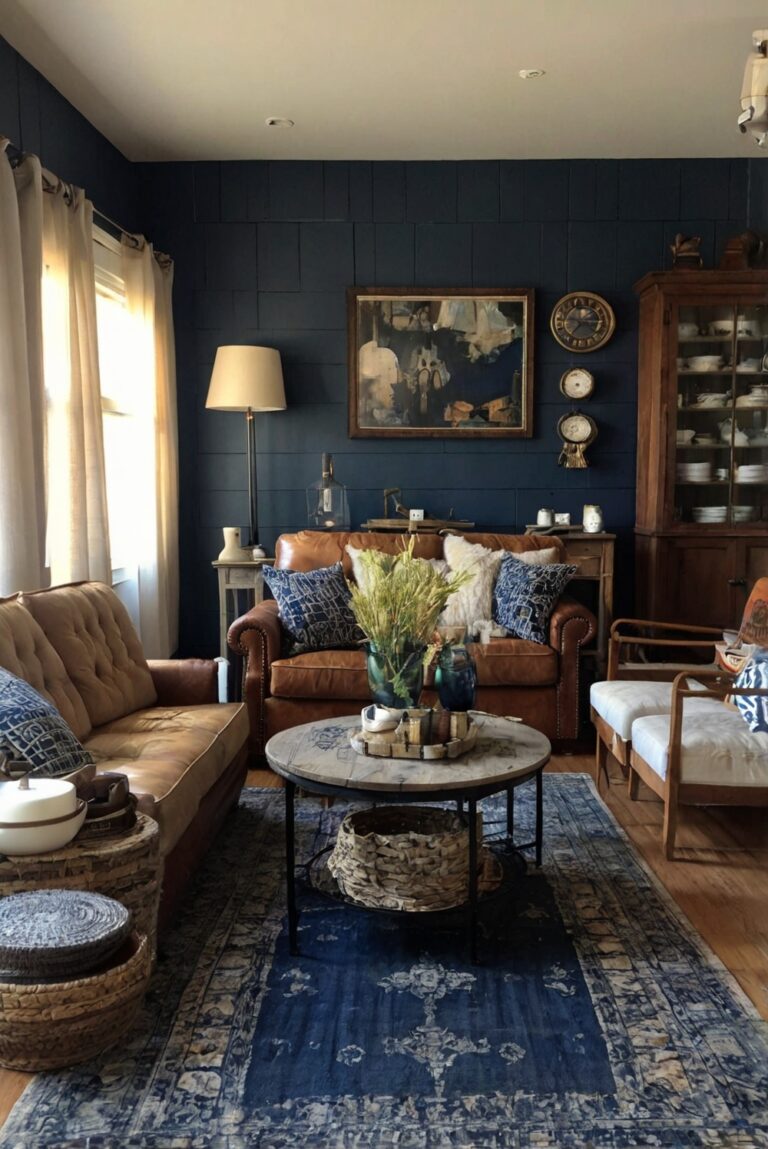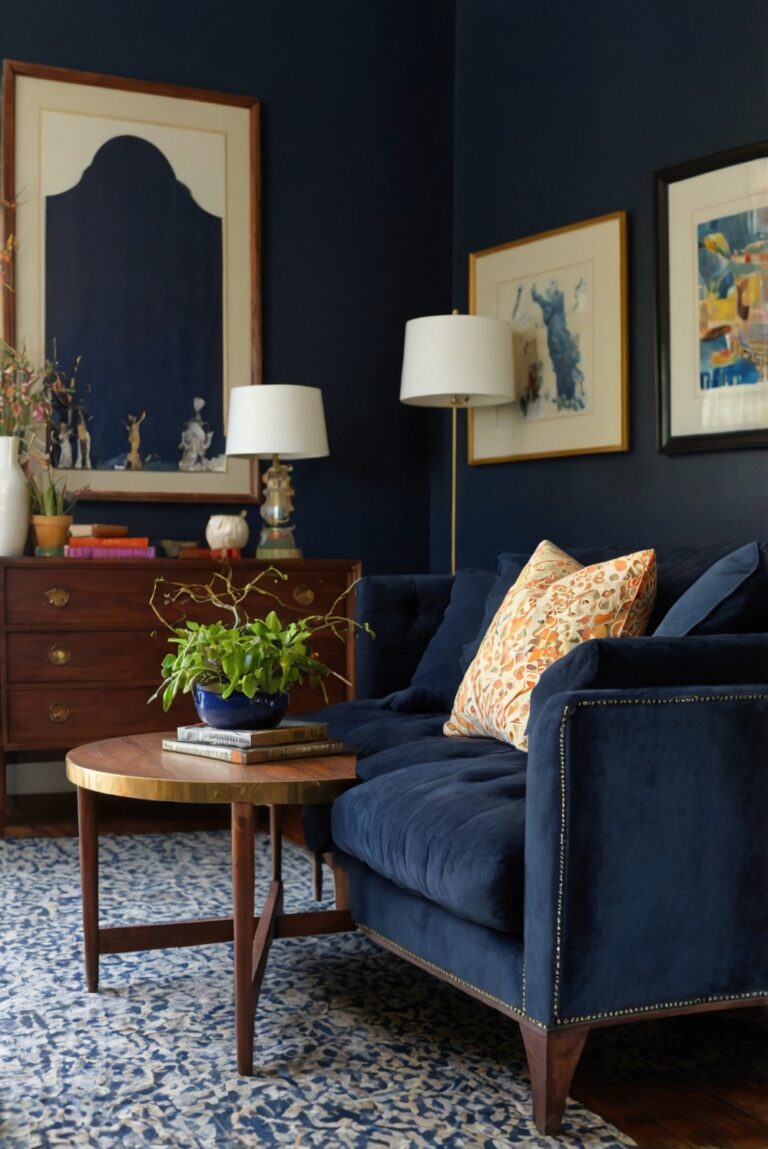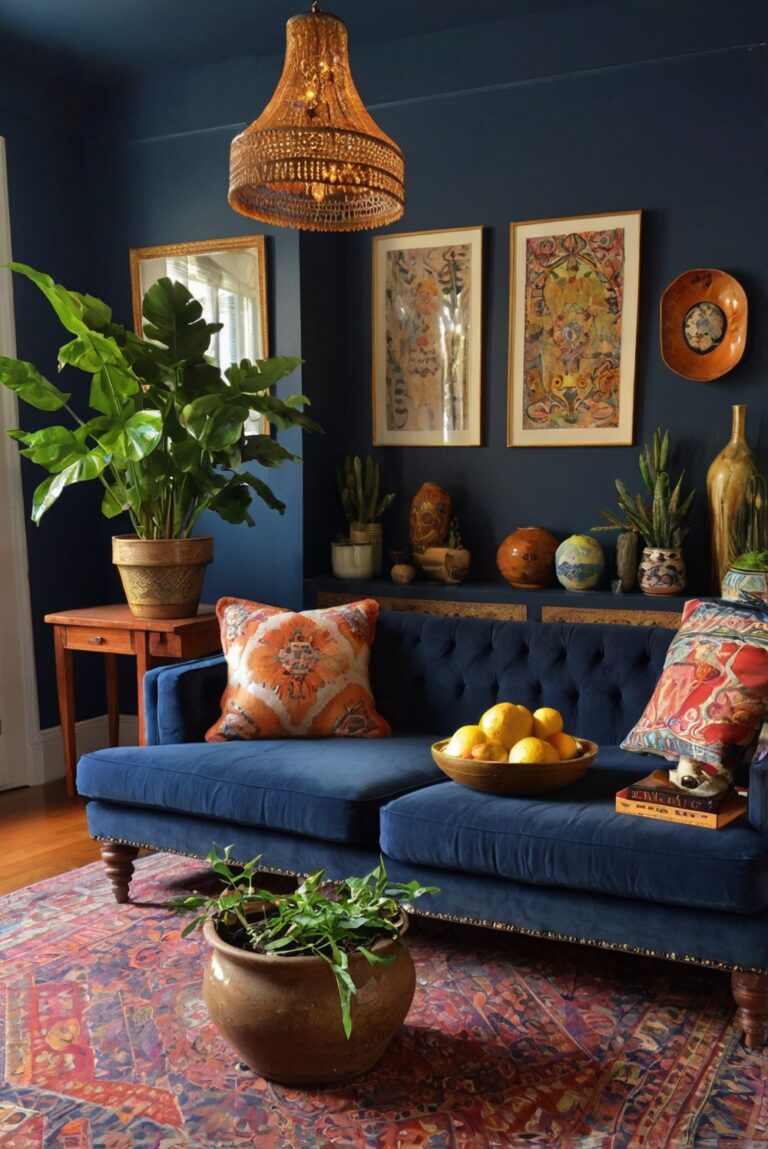What are the pros and cons of leather sofas in living rooms?
Explore the benefits and drawbacks of incorporating leather sofas into your living room decor. Here’s a daily routine for interior designers to help you make an informed decision.
**
What are the pros and cons of leather sofas in living rooms?
**
**
Pros and Cons of Leather Sofas:
**
Leather sofas are a popular choice for living rooms due to their durability, elegance, and easy maintenance. The pros include a luxurious look, long-lasting quality, and the ability to age beautifully over time. However, leather sofas can be expensive, require regular conditioning to prevent cracking, and may not be suitable for households with pets or young children due to scratching or tearing risks. It’s essential to consider these factors and choose a high-quality leather sofa that suits your lifestyle and home decor needs.
Pros of Leather Sofas in Living Rooms:
– Durability: Leather sofas are known for their durability and can last for many years if properly maintained. They are resistant to stains, spills, and wear and tear, making them a great investment for your living room.
– Elegance: Leather sofas add a touch of elegance and sophistication to any living room. They have a timeless appeal and can elevate the overall look of the space.
– Comfort: Leather sofas are comfortable to sit on and provide a luxurious seating experience. They also tend to become softer and more comfortable over time, molding to the shape of your body.
Cons of Leather Sofas in Living Rooms:
– Cost: Leather sofas can be more expensive than fabric sofas, which may not fit everyone’s budget. The initial cost of a leather sofa can be high, but it is often justified by its durability and longevity.
– Maintenance: Leather sofas require regular maintenance to keep them looking their best. They need to be cleaned and conditioned periodically to prevent drying out and cracking. Spills should be cleaned up immediately to avoid staining.
Additional Considerations:
– Temperature: Leather sofas can feel cold in the winter and hot in the summer, making them less comfortable during extreme temperatures. Adding cushions or throws can help make them more cozy.
– Style: Leather sofas have a distinct look that may not suit every decor style. It’s important to consider the overall aesthetic of your living room before choosing a leather sofa.
In conclusion, leather sofas offer durability, elegance, and comfort to living rooms but come with a higher cost and maintenance requirements. By weighing the pros and cons, you can determine if a leather sofa is the right choice for your living room. Consider factors such as budget, style, and maintenance before making a decision. Ultimately, the choice between a leather sofa and a fabric sofa will depend on your personal preferences and lifestyle.
1. “What are the pros of leather sofas in living rooms?”
Leather sofas in living rooms offer a luxurious and sophisticated look that can elevate the overall aesthetic of the space. They are durable and long-lasting, often aging well with time and developing a rich patina. Leather is also easy to clean and maintain, making it a practical choice for busy households. Additionally, leather sofas are hypoallergenic and do not trap dust or pet dander, making them a good option for those with allergies.
2. “What are the cons of leather sofas in living rooms?”
While leather sofas have many benefits, there are also some drawbacks to consider. Leather can be prone to scratching and tearing, especially in homes with pets or young children. Leather sofas can also be expensive compared to other upholstery options, making them a significant investment. Additionally, leather may not be as comfortable or cozy as fabric sofas, especially in hot weather when the material can feel sticky.
3. “How to maintain leather sofas in living rooms?”
To keep leather sofas looking their best, it is essential to regularly clean and condition them. Use a soft cloth or vacuum with a brush attachment to remove dust and debris. For spills, blot the area immediately with a clean, damp cloth and avoid using harsh chemicals or cleaners that can damage the leather. Regularly apply a leather conditioner to keep the material supple and prevent it from drying out and cracking. It is also advisable to keep leather sofas away from direct sunlight and heat sources to prevent fading and damage.
4. “Are there different types of leather for sofas in living rooms?”
Yes, there are various types of leather used for sofas, each with its unique characteristics. Full-grain leather is the highest quality and most durable option, as it retains the natural grain and imperfections of the hide. Top-grain leather is slightly less expensive and has a more uniform appearance, while split-grain leather is made from the lower layers of the hide and is more affordable but less durable. Bonded leather is a synthetic material made from leather scraps and is the least expensive option, but it is also less durable and prone to peeling.
5. “Can leather sofas work in all living room styles?”
Leather sofas can be versatile and work well in various living room styles, from traditional to modern. In traditional settings, leather sofas can add a touch of elegance and sophistication, especially in rich, dark colors like brown or burgundy. In contemporary spaces, leather sofas can provide a sleek and minimalist look, especially in lighter shades like white or gray. Mixing leather with other textures and materials, such as wood or metal, can help blend the sofa seamlessly into different design aesthetics. Ultimately, the key is to choose a leather sofa that complements the overall style and color scheme of the room.

